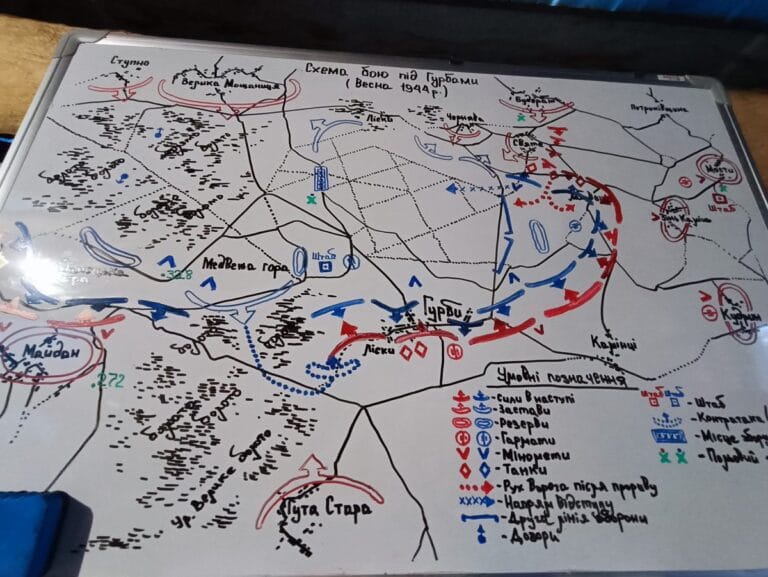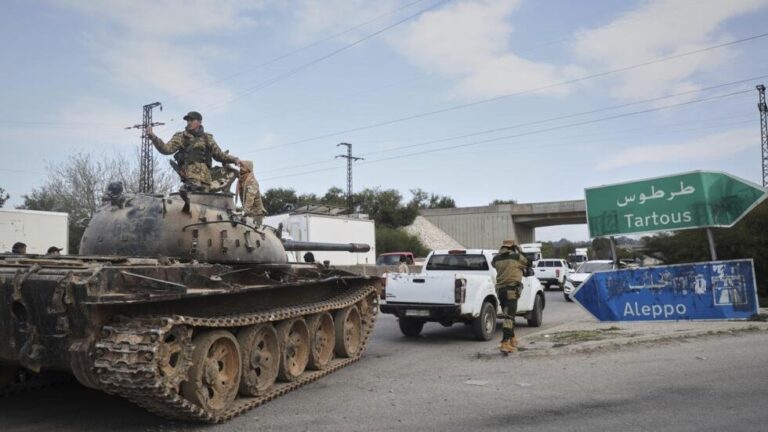« The Donbass Line »
Since 2014, 2022 and more recently winter 2023, Ukraine has been building a huge defensive system. The multilayered “Donbass Line” composed of many trench network is quite similar to Russian Surovikin system.
🧵THREAD on Ukrainian in depth defenses⬇️
When we talk of defensive trench network, the huge Surovikin line is the first thing we think about: trenches, bunkers, mines, dragon teeths…
This particular system, sometimes compared to the Maginot line was one of the assets that stopped Ukrainian summer counteroffensive.
Since it is already mapped by many, it is not useful to talk about it.
However, I’ve also mapped pre-2022 Russian defenses. It is interesting to see that these particular trenches system can still be used in case of a Ukrainian breakthrough.
Let’s talk about Ukrainian defensive lines I called “Donbass line”.
Donbass line is quite different and more complex than Russian Surovikin system: it is composed of highly defended fortified system, separated by fields.
Zoom in⬇️
If we take the example of Ukrainsk-Muraka line (facing south near Kourakhove), we can see on this Sentinel-2 imagery that each system is separated by a kilometer at least.
Each fort can defend itself from every direction: you have to take all of them to advance.
Contrary to Russian line, Ukrainian one is composed of many forts that are defending each other.
The 2014-15 Popasna-Luhanske line is a good example: to breakthrough, you have to assure that no other fort has fire control on you. (This particular line was however abandoned)
The line 0:
This was the 2014-2022 line, it was composed of 2 systems near Marioupol (overrun in a few days because of the lack of personal), 2 lines near Popasna (Ukr retreated to the city) and one line between Marinka and Horlivka, with some part still standing.
The really first line built from February to June 2022, preparing the retreat of Sievierodonetsk was built from southern Bakhmout to Siversk, passing through Soledar
This defensive system had 2 lines, both were overrun in Bakhmout and Soledar but are still standing in Siversk.
At the same time, Ukrainians built lines 1, 2 and 3 in northern Donbass. Today, they are still building these lines.
Line one: Siverski-Donets river/Tchasiv Yar/Toretsk.
Line two and three are the defenses of Kramatorsk and Sloviansk: 2 lines are protecting Sloviansk from the North, an anti tank ditcj and 1 line protecting the twin cities from the west.
+ 2 lines protecting Kostiantinivka/Droujkivka.
Now, as some may ask themselves, the defenses after Avdiivka are already prepared but non-sufficient: main line is 17km from the city.
This line is however behind a river and lakes, making it a natural barrier.
The final objective of the Russian offensive may be to reach Pokrovsk, the last big city and industrial center of Ukrainian Donbass (with Kramatorsk).
The Ukrainian Armed Forces have built a two layered trench system all around the city.
Support lines:
Donbass is a thing, but there are 3 other fronts: Kherson, South (Zaporijia) and Louhansk/Kharkiv.
Apart from Mykolaiv defense network and old Russian Kherson defenses, I haven’t found any Ukrainian line in the oblast.
In Zaporijia oblast, there are at least 2 main defensive lines, plus a line defending the city itself. In Louhansk frontline, we have the Lyman-Borova line quite impressive. There is also a line near Izioum.
Currently, I’m investigating Ukrainian defenses on Russian border: the Koupiansk-Vovtchansk line, the Kharkiv defenses and border defenses in Sumy and Tchernihiv oblast.
For now I havn’t find many things, suggesting it is just the beginning.
How does those systems look like? This image is a high resolution one (from google earth pro): you can see part of the western Sloviansk defense.
A Ukrainian trench is never linear, and it is not always linked to avoid loosing a whole line if one part has fallen.
Ukrainians made fun of Russian anti-tank ditches and dragon teeths, but they are now using it. You can also see this new basement to protect soldiers from artillery and FPV shells.
To geolocalise these trench network, I used 4 elements:
-Google earth updates (from June to august 2022)
-Sentinel-2 imageries, most of them until may-july 2022 (since it is the best time to see trenches)
-Geolocated Videos showing trenches (Kreminna forest)
-Esri Imageries
Since some may ask, this work is not helping Russia. Why?
-We mapped Russian positions and defenses before
-Russia has satellites, and IA that can detect these lines
-For most of it, it is now nearly 6-month-old
-The map is indicative and non-exhaustive
I’ve been mapping Ukrainian and Russian defensive lines since nearly 2 years, this is the first part of my final project, it will be updated and improved many times in a row.
Here is the link to have it on your computer. Please credit me when using it!
21/
Keep in mind that when I’m using Sentinel-2, I can’t be precise, and there may be errors since it is sometime really difficult to know if there is a trench or not.
I will improve the map with updates of Maxar imageries in Google Earth.
Here you can find the link for my interpretation of the lines. Since it is not a continuous defensive system, it is only an interpretation of hundreds of trenches. As tweet #21, you can download both trenches and defensive lines.

Clément Molin






























